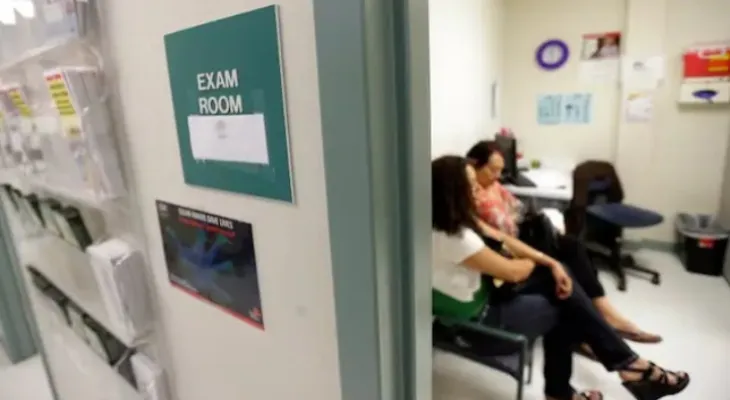Search here
Newspaper
Search here

Arab Canada News
News

Published: January 22, 2024
Canada is witnessing an unprecedented growth boom, having added more than a million people last year after a similar historic intake in 2022.
Some economists have said this record increase could be a blessing for an economy heavily dependent on immigration. The recent Desjardins report warned the federal government against closing the door to temporary residents such as students and temporary workers, who make up the majority of new arrivals.
However, this rapid pace brings with it some major growing pains — especially in the healthcare sector, which is always starving for resources.
Dr. Kathleen Ross from British Columbia said the country does not produce enough local primary care physicians to keep up with the nation's health needs. She is a family doctor and president of the Canadian Medical Association (CMA).
"The truth is our healthcare system is on its knees. We are not meeting the population's needs," Ross told CBC News. "Our workers are burning out in huge numbers."
Canada loses hundreds of qualified Canadian doctors trained abroad who cannot practice because they struggle to obtain residency here due to a mix of bureaucracy and bias.
Many Canadians were already struggling to find a family doctor when the federal government allowed the number of new arrivals to increase significantly.
While Ottawa sets limits on the number of permanent residents, other flows driven by demand — such as international students — are not capped.
Data from the OurCare initiative also pointed out that the number of Canadians without regular access to a family doctor or nurse practitioner rose from 4.5 million in 2019 to an estimated 6.5 million in 2023.
This means millions of Canadians lack direct time with a primary care doctor who can help ensure longer life expectancy, prevent hospital admissions and early deaths, promote better health outcomes, and improve quality of life.
The number of people entering residency — the post-graduate training required for medical licensure in Canada — may explain why so many struggle to get the primary care they need.
A CBC News review of medical school data shows the number of resident physicians has been stagnant over the past decade — a 10-year period during which the Liberal government greatly increased the number of newcomers beyond current immigration targets.
In 2014, 3,255 people joined postgraduate medical training, according to data from the Canadian Resident Matching Service (CaRMS).
In 2023, the number was 3,422 — a five percent increase over 10 years.
At the same time, the population growth rate was three times higher. Canada's population rose from 35.4 million to more than 40 million over the same time period, according to Statistics Canada estimates.
Canadian medical schools accept only 167 physicians into mandatory postgraduate training compared to 10 years ago, even with a population increase of about five million people.
Federal data indicated Canada will need nearly 48,900 additional family doctors by 2031.
Some provincial governments — largely responsible for training and licensing doctors — are working to expand medical school capacity after years of low growth.
Ontario has also promised to add 449 postgraduate medical training spots over the next five years; 154 online programs are expected to be offered later this year in some medical schools in the province.
Comments